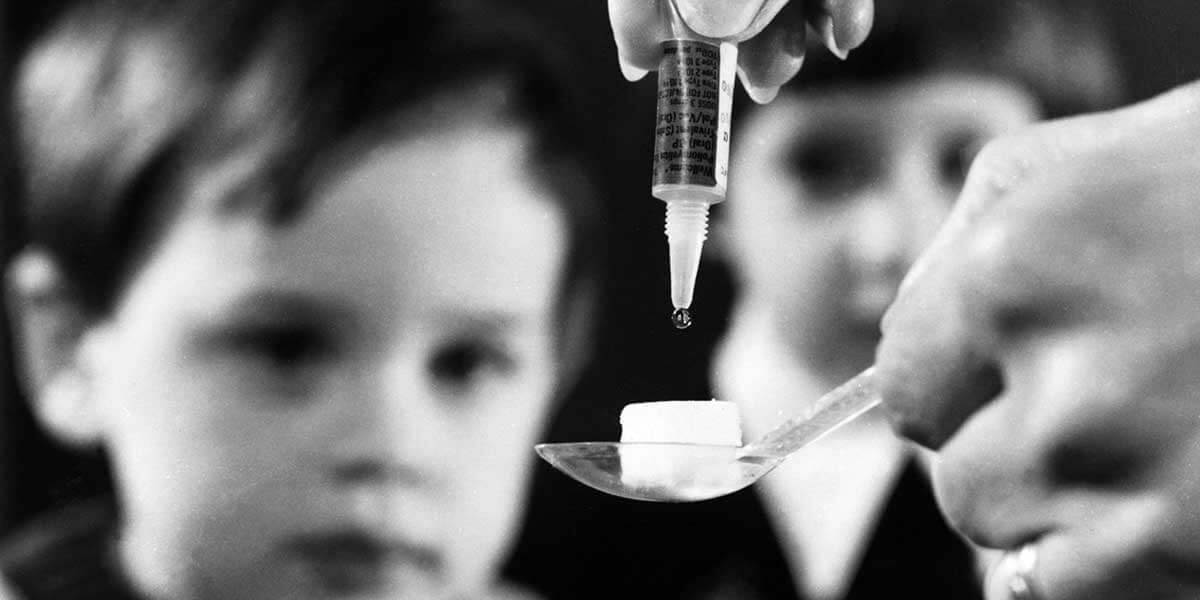
If you’re one of the billions trying to figure out what the future holds in the wake of COVID-19, San Francisco State University Assistant Professor of Anthropology Martha Lincoln has some advice: Look to the past. Lincoln studies cultural and medical anthropology, fields that give her unique insight into the long-lasting reach of pandemics. We asked her what history can teach us about the days ahead.
Are there any historic pandemics this compares to?
From an anthropologist’s perspective, all epidemics share certain features. Epidemics are social events as well as biological events. They have a tendency to bring other social problems into view, as we’re seeing in the COVID-19 pandemic. They play out in a series of predictable stages, as the historian Charles Rosenberg has noted — from their ominous, sometimes ignored, beginnings to their often-ambiguous ends. They lead to social conflicts over who or what is responsible for the spread of disease, who is at risk, who needs to act and who should be punished.
Many observers have noted that COVID-19 resembles the influenza pandemic of 1918 – 1919, which was a very virulent virus with airborne transmission, also originating in animals. The Spanish Influenza pandemic, while not as contagious as COVID-19, ultimately infected one in five people globally and killed some 50 million. It’s hard to say whether COVID-19 will incur comparable levels of morbidity and mortality. I hope not.
What are major changes that came out of previous pandemics?
Disease outbreaks are often major catalysts to social and cultural change. Sometimes disease is a catalyst for modernity, rationalization, sanitary reforms and an embrace of science.
One example of the profound changes compelled by disease is the redesign of Paris, a city that’s now celebrated as the “capital of modernity.” Until the mid-19th century, Paris was full of the most wretched slums. Following cholera outbreaks in 1832 and 1848, which were believed at the time to be spread by polluted air, administrator Georges Haussmann was famously invited by Emperor Napoleon III to remake the physical layout of Paris by “giving it air, unifying it and making it more beautiful.” Haussmann razed entire districts, displaced thousands of families and renovated the city’s sanitary infrastructure. Most memorably, he reorganized the city with a system of rationally laid-out grand boulevards that we have now come to think of as quintessentially, iconically Parisian.
In other instances, epidemics can motivate people to reject science and deepen belief in religion or mysticism.
How is society shaped by our experience of illness?
Illness is transformative, as anyone who has suffered a serious illness knows. Disease has a resonant impact on culture. This can be seen in the works of authors who have experienced serious illness, which often have a powerful and even visionary quality. Some particularly indelible 20th-century writers were also very sick. For example, Franz Kafka lived with tuberculosis, and Susan Sontag wrote remarkable criticism about the cultural significance of illness while living with cancer. In Sontag’s famous essay “Illness as Metaphor” she wrote, “Everyone who is born holds dual citizenship, in the kingdom of the well and in the kingdom of the sick.” It’s hard to imagine a healthy person understanding this.
The experience of a public health crisis transforms societies. We don’t think about polio in the United States very much anymore, but it absolutely terrified Americans from the late 1800s to 1955, when a vaccine was developed. Polio causes paralysis in children, some of whom could only survive in mechanical “iron lung” ventilators. The disease was not well understood and there were no medical means to prevent it — so in spring and summer, when polio risk was known to be high, parents went around in terror that their kids would be paralyzed.
Though we have mostly collectively forgotten polio, it had a huge presence on American culture. It inspired national efforts to combat the disease, some of which we still use and some of which appear in retrospect to be questionable and problematic. It influenced generations of children who were affected directly by the experience of being sick. There are some pretty incredible memoirs and oral histories written about the polio epidemic that would shed interesting light on what we’re living through right now.
How will American society change after this pandemic?
Everyone is wondering this. It’s hard to answer this in ways, because Americans have not experienced something like this in living memory — at least, not collectively.
If the virus fades naturally, it seems likely that we’ll see significant changes in our everyday lives. People may still continue wearing masks outside, washing their hands more, limiting consumption and travel, and avoiding public places. If a vaccine is developed and made available to everyone — a big if — we might return to social interactions that feel more normal. But from studies of communities that experience natural disasters, people experience these events as trauma, with symptoms that manifest after the disaster is over.
Nationally, there could be some optimistic outcomes. It’s possible that “essential workers” could, with effort, come out of the pandemic with increased bargaining power and social protections. This experience is forcing an awareness that we can’t survive without them. The experience of mass unemployment and loss of health insurance benefits could lead to more widespread support for single-payer health insurance. However, we also have to prepare — as individuals, and in our communities — for rough times to come.
— Jamie Oppenheim